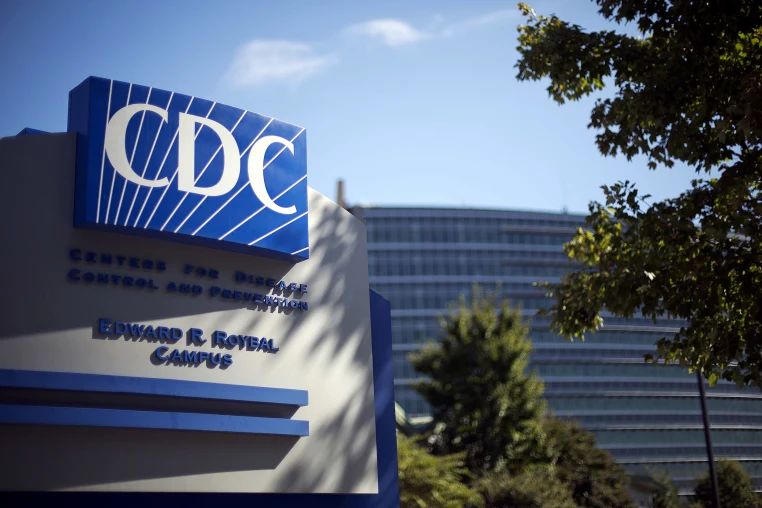- Top Vape Brands
- Flavors and E-Liquids
- Vape Deals and Discounts
- Vape Reviews
- Vaping
- Vaping Culture
- Vaping Guides
- Vaping News and Trends
Who Are the Millions of Immigrants Trump Wants to Deport? All You Need to Know

Introduction
Immigration has always been a cornerstone of the American narrative, but few issues spark as much contention as deportation policies. Under the Trump administration, the question of who should stay and who must leave became a national flashpoint. Geek bar digi flavor Policies emphasizing heightened enforcement reshaped the lives of millions, leaving an indelible mark on the U.S. socio-political landscape.
Understanding Trump’s Immigration Stance
The Trump administration adopted a hardline approach, introducing measures aimed at curbing both legal and illegal immigration. Policies like the “zero tolerance” directive and expanded use of expedited removal amplified the scope of deportations. Unlike previous administrations that prioritized severe criminal offenses, Trump’s policies extended to immigrants with minor infractions or none at all.
To understand these policies fully, it’s essential to note their historical roots. Immigration enforcement has long been used as a political tool, but Trump’s rhetoric amplified a narrative of immigrants as a national security threat, influencing public sentiment and administrative actions.
Who Are the Targeted Immigrants?
The millions of immigrants targeted under these policies fall into distinct categories:
- Undocumented Individuals: Those who entered without legal permission or overstayed their visas form the largest group.
- Immigrants with Criminal Records: Trump’s administration broadened the definition of “criminal” to include minor offenses, such as traffic violations.
- Asylum Seekers: Despite international protections, asylum seekers at the southern border often faced swift deportations or prolonged detention.
The blurred lines between legal and undocumented status created widespread confusion, leaving many unsure of their rights or vulnerability.
Impact on Families and Communities
Deportations don’t occur in isolation—they ripple through families and communities. Families are torn apart, with parents deported while their U.S.-born children remain. Geek bar The psychological toll on these children is profound, often manifesting as anxiety, depression, and academic struggles.
Communities reliant on immigrant labor—such as agriculture, hospitality, and construction—face economic instability. Local economies suffer as businesses lose employees, and consumer spending declines. Social cohesion is also strained, with neighbors wary of one another under the watchful eye of immigration authorities.
Legal Framework and Deportation Criteria
At the heart of the deportation process lies Immigration and Customs Enforcement (ICE), tasked with enforcing federal immigration laws. Deportations often occur swiftly under mechanisms like expedited removal, bypassing traditional court proceedings.
However, deportation isn’t always straightforward. Due process—a fundamental tenet of the legal system—often comes under threat in immigration cases. Many immigrants face proceedings without legal representation, tipping the scales against them.
Public Opinion and Political Division
Public perception of Trump’s deportation policies is deeply polarized. Conservatives often hail these measures as necessary to protect jobs and security, while liberals criticize them as draconian and inhumane.
Misinformation plays a significant role in shaping these opinions. Stereotypes portraying immigrants as criminals or economic burdens persist despite evidence suggesting otherwise. Bridging this divide requires nuanced conversations and accurate information dissemination.
Consequences Beyond Borders
Deportation policies don’t just affect the U.S.—they reverberate globally. Countries receiving deportees must manage sudden influxes of individuals, often without sufficient resources or infrastructure.
Moreover, strained international relations emerge as countries criticize U.S. policies perceived as unjust or detrimental to shared interests. These tensions complicate collaborations on broader issues like trade and security.
What Lies Ahead?
The future of U.S. immigration policy remains uncertain. While subsequent administrations may alter enforcement priorities, the groundwork laid during Trump’s tenure continues to influence the system.
Advocacy groups and grassroots movements play an essential role in shaping this future. Through legal aid, community organizing, and policy advocacy, these entities aim to create a more equitable immigration system.
Conclusion
The debate over immigration and deportation is as much about the values a nation upholds as it is about policies and enforcement. The millions of immigrants targeted by Trump’s administration reflect diverse stories, ambitions, and struggles. Understanding this complex narrative is a geek bar meloso crucial step toward fostering empathy and driving informed policy changes.




